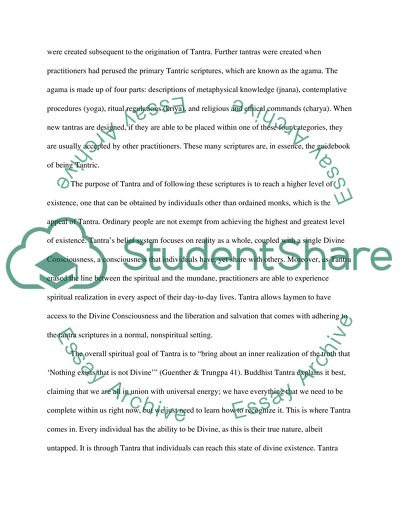Cite this document
(“Spiritual Movement of Tantra Research Paper Example | Topics and Well Written Essays - 1000 words”, n.d.)
Spiritual Movement of Tantra Research Paper Example | Topics and Well Written Essays - 1000 words. Retrieved from https://studentshare.org/religion-and-theology/1447107-tantra
Spiritual Movement of Tantra Research Paper Example | Topics and Well Written Essays - 1000 words. Retrieved from https://studentshare.org/religion-and-theology/1447107-tantra
(Spiritual Movement of Tantra Research Paper Example | Topics and Well Written Essays - 1000 Words)
Spiritual Movement of Tantra Research Paper Example | Topics and Well Written Essays - 1000 Words. https://studentshare.org/religion-and-theology/1447107-tantra.
Spiritual Movement of Tantra Research Paper Example | Topics and Well Written Essays - 1000 Words. https://studentshare.org/religion-and-theology/1447107-tantra.
“Spiritual Movement of Tantra Research Paper Example | Topics and Well Written Essays - 1000 Words”, n.d. https://studentshare.org/religion-and-theology/1447107-tantra.


